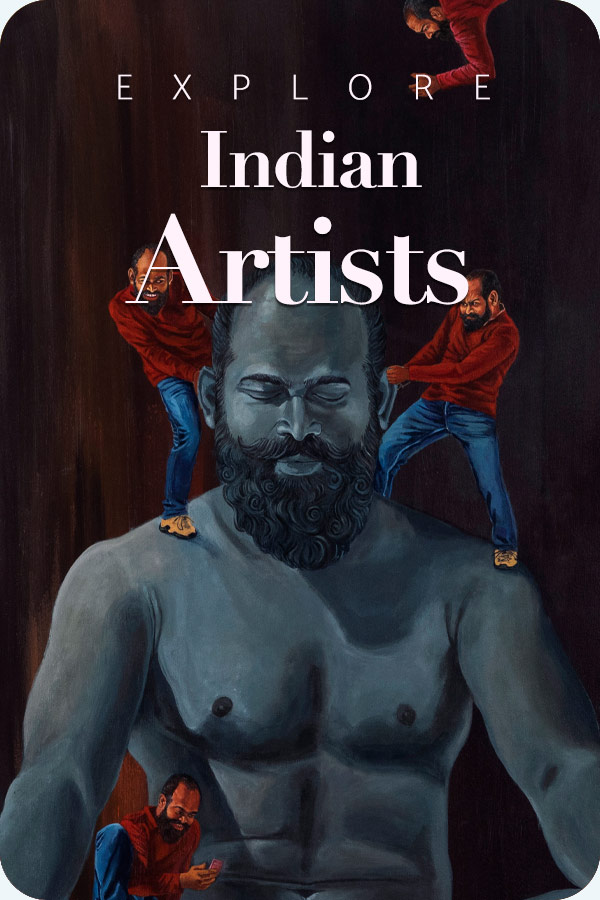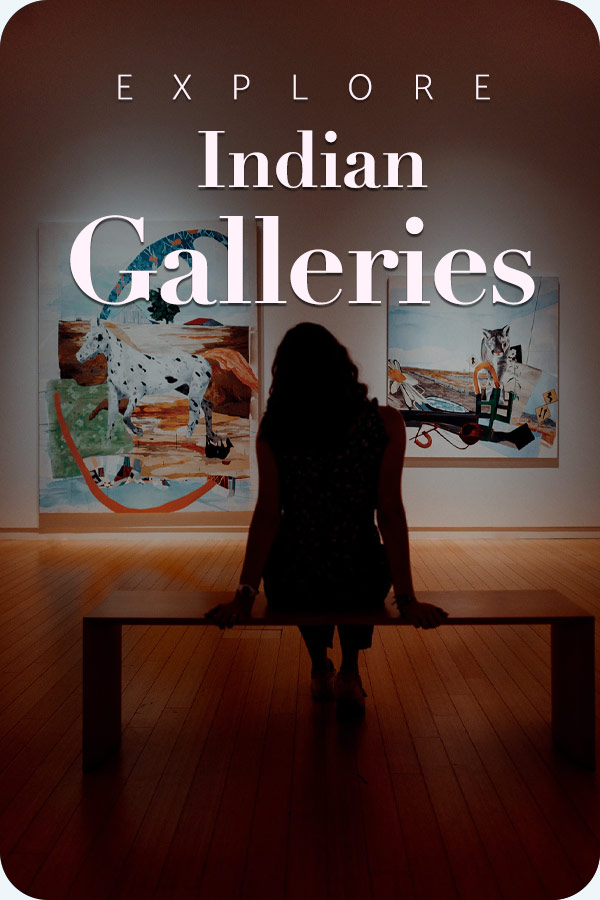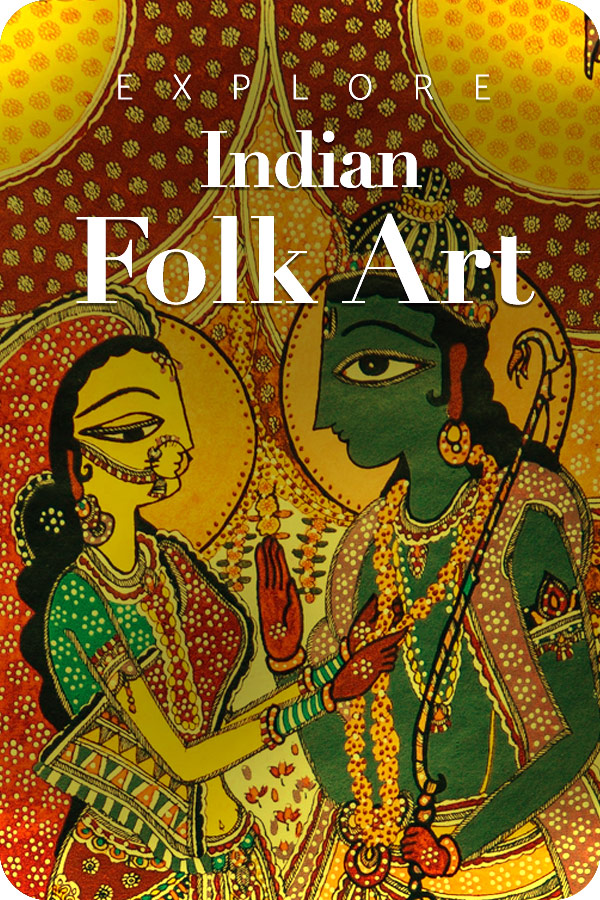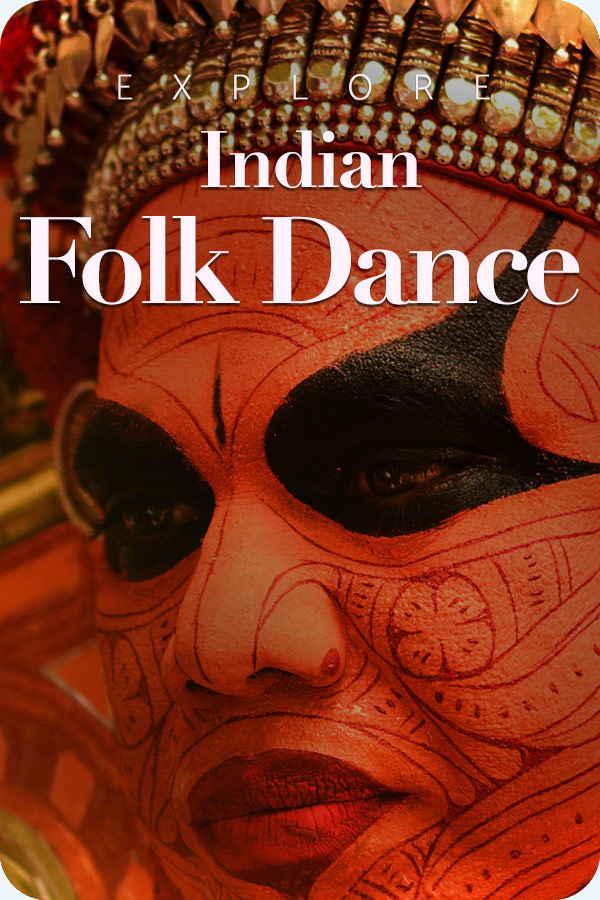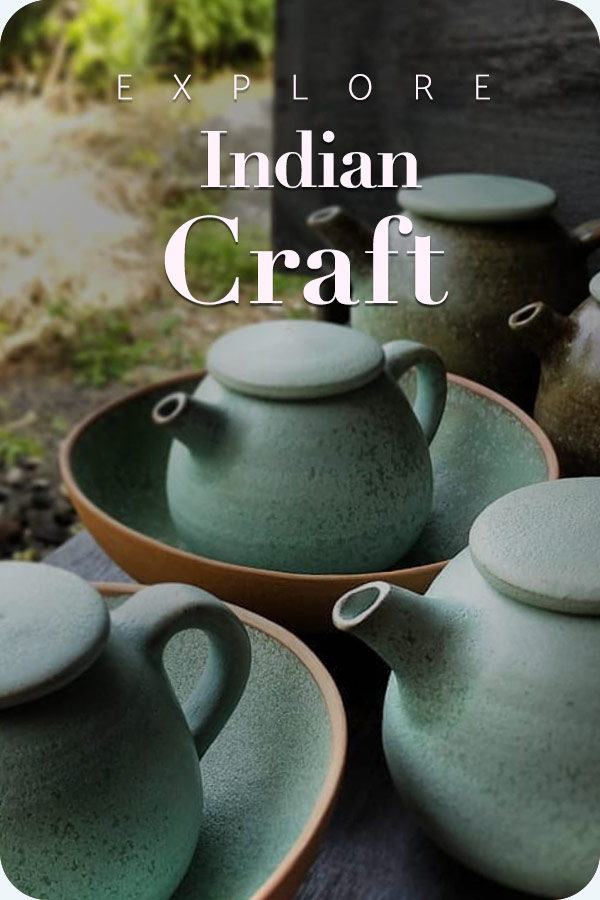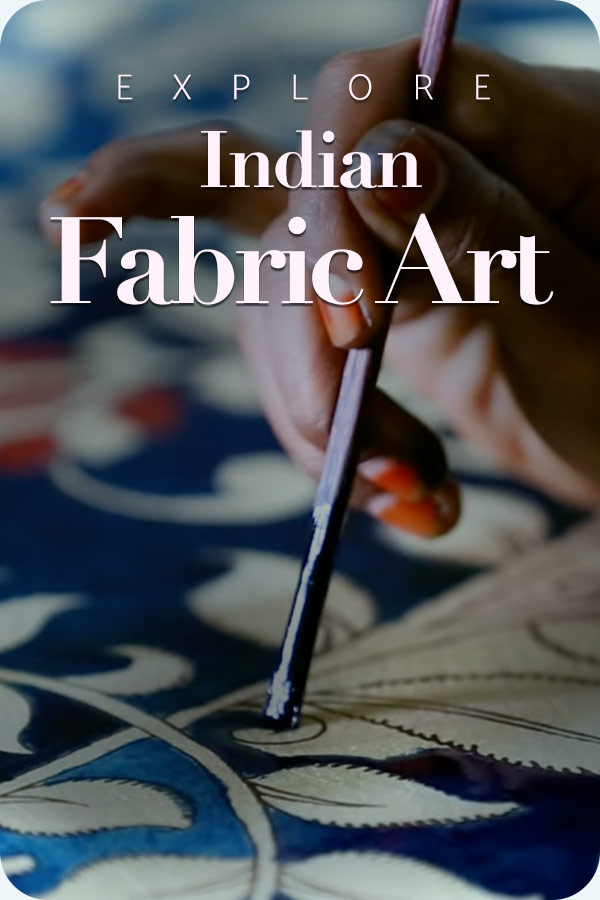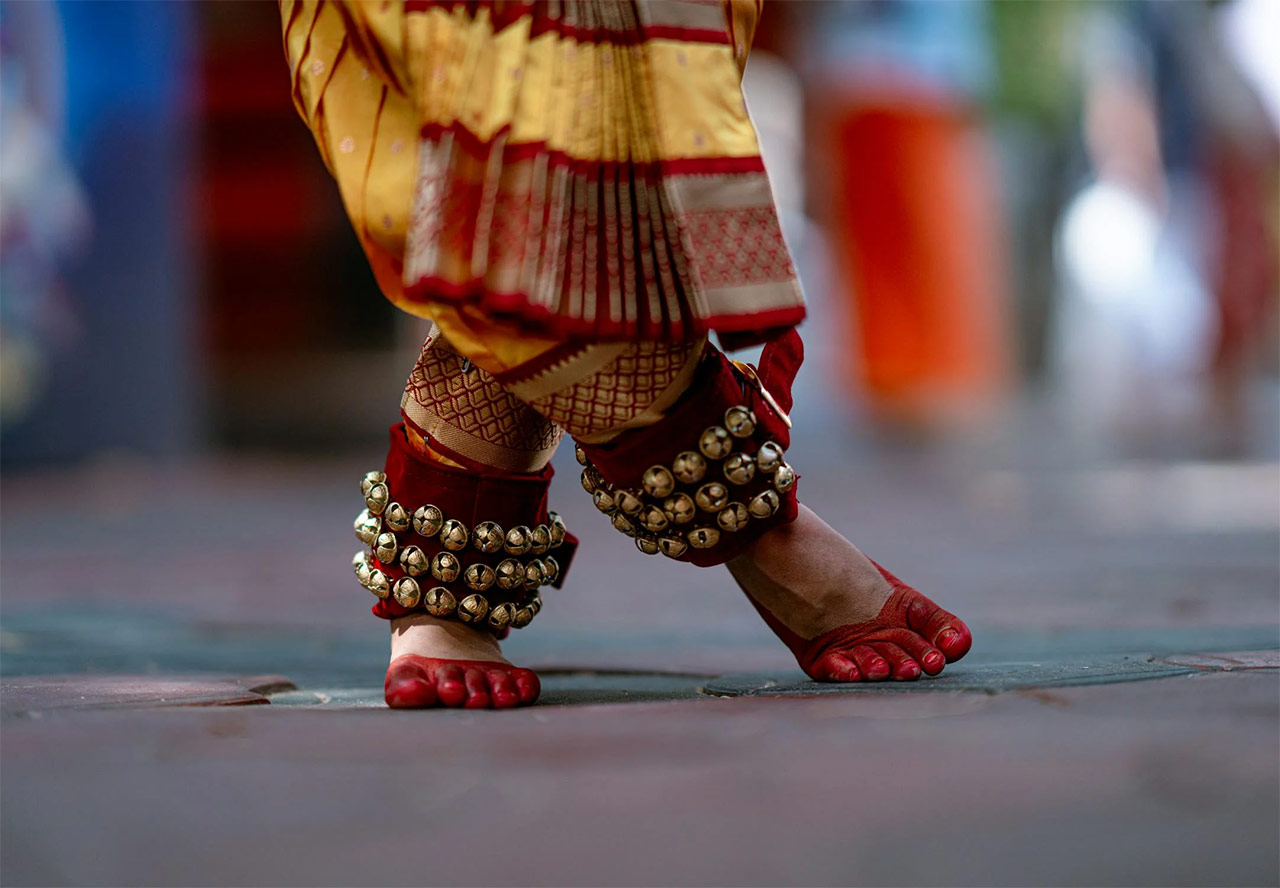
A new program by Arts India US, the Lotus Fellowship reflects that symbolism by offering young Indian classical artists in the U.S. a space to grow, connect, and flourish. This fellowship is specifically geared toward artists between the ages of 16 and 30 and is not a funding program but a springboard into their artistic careers.
The Lotus Fellowship Program
| Aspect | Details |
|---|---|
| Program Name | Lotus Fellowship |
| Organized By | Arts India US |
| Duration | One year |
| Target Group | Emerging Indian classical musicians and dancers in the U.S., aged 16–30 |
| Key Features | • Financial aid • Mentorship from senior artists • Networking opportunities • Strategic career guidance • Performance platforms |
| Goal | To support artistic growth, preserve heritage, and provide tools for sustainable careers in the U.S. arts scene. |
The Lotus Fellowship is a year-long professional development program created to support emerging Indian classical artists living in the United States. It provides financial support, mentorship, training, and performance opportunities to help young musicians and dancers build careers and stay connected to their traditions. The program also ensures that participants have the tools needed to succeed in today’s cultural environment by connecting them with industry professionals, exposing them to wider audiences, and offering strategic career guidance.
How Does it Work?
Indian classical music and dance have centuries of history behind them, but in the United States, young performers often face challenges such as a lack of venues, a fragmented audience, and difficulty balancing tradition with career. The Lotus Fellowship serves as a bridge, offering a structured program to help these art forms thrive alongside other artistic traditions.
Vani Krishnamurthy, Executive Director of Arts India US, describes the fellowship as being developed to address the specific needs of Indian classical artists based in the U.S. It is not a one-size-fits-all system but rather a platform where artistic richness meets professional development.
The features of the Lotus Fellowship assists in the form of financial aid, it offers:
- Guidance under senior artists and professionals in the field
- Chances to network with peers and colleagues
- Sustainability strategic career advice in the arts
- Visibility and performance platforms to capture more crowds
This turns the fellowship into a professional toolkit and, as a result, the participants do not only acquire artistic exposure, but they also get skills to develop their careers.
Indian Classical Arts in the West
Led by Vani Krishnamurthy, an arts entrepreneur with experience in consulting, academic research, and curation, the organization has partnered with several leading cultural institutions, including Lincoln Center, the Smithsonian, and Associate at Harvard University’s Lakshmi Mittal and Family South Asian Institute.
The expertise is used to design the fellowship. It is not only about performances; it is about creating an ecosystem where Indian classical arts are given equal standing alongside mainstream performing arts in the U.S. The Lotus Fellowship does not just provide a spotlight—it offers mentorship, networking, and professional tools to help artists build sustainable careers.
One of the most distinctive aspects of the Lotus Fellowship is its celebration of both heritage and evolution. Fellows are encouraged not only to continue classical traditions but also to reinterpret them in new and contemporary ways. This dual focus keeps these art forms vibrant, fresh, and relevant to modern audiences.
Conclusion
By building a community of artists who share this vision, the program nurtures not only the individuals who participate but also the diasporic cultural identity of Indian classical arts. It also conveys to wider American audiences that these art forms deserve a place in the pantheon of world culture.
The Lotus Fellowship is opening its doors to young artists, preserving tradition while fostering meaningful connections. It is not just a program but a promise to ensure that Indian classical arts continue to inspire and educate audiences for generations to come.


